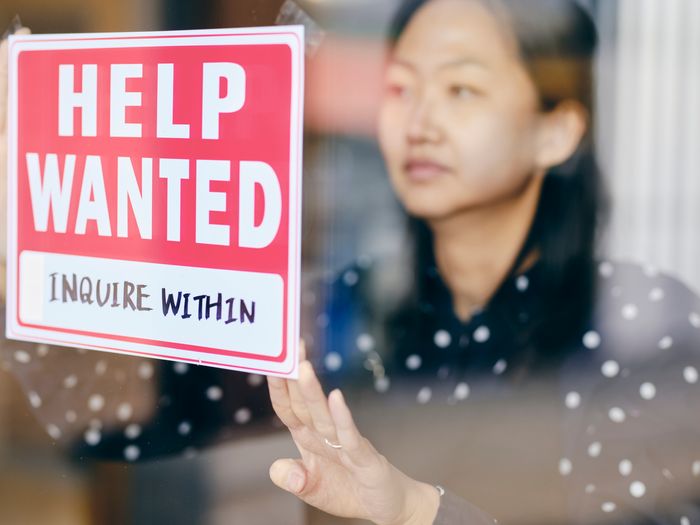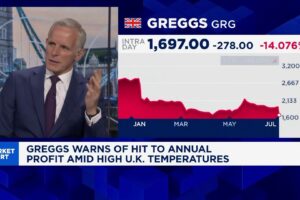The numbers The U.S. added a surprisingly strong 528,000 new jobs in July and the unemployment rate fell to pre-pandemic levels in a muscle-flexing display for the economy, but the robust report could add to inflation worries and push interest rates even higher.
Economists polled by The Wall Street Journal had forecast 258,000 new jobs.
Hiring was broad based. Every major sector increased employment. And the number of people working finally returned to February 2020 levels.
The unemployment rate, meanwhile, slipped to 3.5% from 3.6%, the government said Friday, matching the lowest level since the late 1960s.
In premarket action, U.S. stocks turned lower.
The large increase in hiring contradicts another key government report that suggests the U.S. teeters on recession, but it won’t be viewed in a positive light by the Federal Reserve.
The Fed is sharply raising U.S. interest rates to try to reverse the worst outbreak of inflation in almost 41 years. Higher rates slow the economy by raising the cost of borrowing for businesses and consumers.

A business owner puts up a help wanted sign in her store window. The U.S. added 528,000 new jobs in July.
Getty Images
The shockingly robust July jobs report could persuade the Fed that even tougher medicine is needed. The central bank worries the tight labor market is driving wages sharply higher and making it harder to get inflation under control.
Although some businesses have cut back on hiring or even resorted to layoffs, many companies are still filling open jobs. Most are offering higher pay for new workers or raising wages for current employees to keep them from leaving.
Hourly pay jumped 0.5% in July to $32.27. The increase in pay over the past year was flat at 5.2%, but it’s still one of the fastest increase since the early 1980s.
There were some red flags in the report. More people dropped out of the labor force and the rate of participation fell again to a seven-month low of 62.1%. These declines could portend trouble ahead.
Big picture: The economy has slowed as the Fed jacks up interest rates. Gross domestic product has fallen two quarters in a row, meeting an old rule of thumb for determining when a recession has taken place.
Yet the economy still rests on a solid foundation and that could keep a recession at bay. The U.S. labor market is the biggest strong point.
Surveys show one of the thorniest problems for business is finding enough workers. They might be hesitant to lay off lots of employees even as the economy slows given how hard they are to find, insulating the U.S. from a severe downturn.
The risks of recession are rising, however.
Market reaction: The Dow Jones Industrial Average DJIA, -0.26% and S&P 500 SPX, -0.08% were set to open decline in Friday trades on the expectation that the Fed will continue to aggressively raise interest rates.
The yield on the 10-year Treasury note TMUBMUSD10Y, 2.795% rose slightly to 2.8%.






